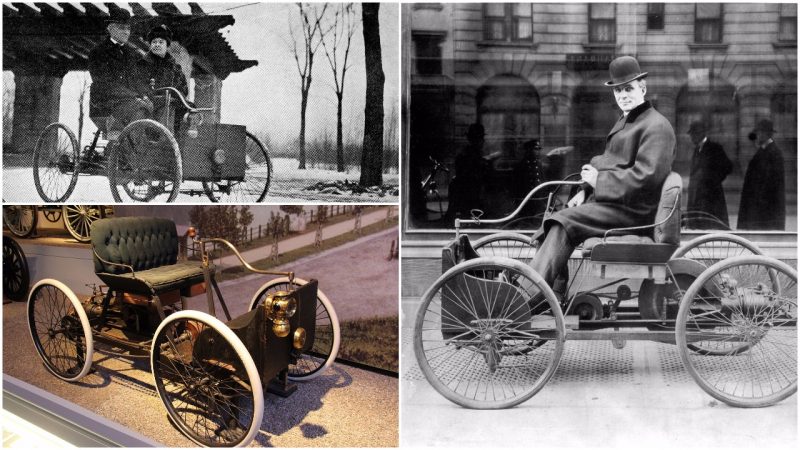On June 4, 1896 in a tiny workshop behind his home on 58 Bagley Avenue,Ford put the finishing touches on his pure ethanol-powered motor. After more than two years of experimentation, Ford, at the age of 32, had completed his first experimental automobile. He dubbed his creation the “Quadricycle,” so named because it ran on four bicycle tires, and because of the means through which the engine drove the back wheels.The success of the little vehicle led to the founding of the Henry Ford Company and then later the Ford Motor Company in 1903.
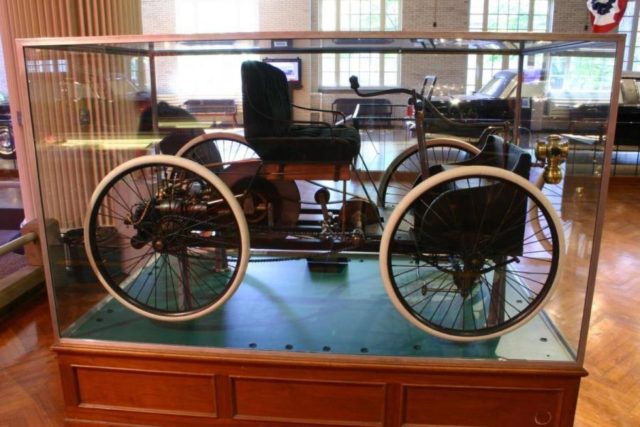
The earliest cars were hand built, one by one, and very expensive. The peculiar machines were seen as toys for the rich.In the 1890s, the “horseless carriage” was a relatively new idea, with no one having a fixed, universal idea of what a car should look like or how it should work. Most of the first car builders were inventors, rather than businessmen, working with their imaginations and the parts they had on hand.Thus, the invention of the Quadricycle marks an important innovation as a proto-automobile that would lay the foundation for future, with more practical designs to follow.
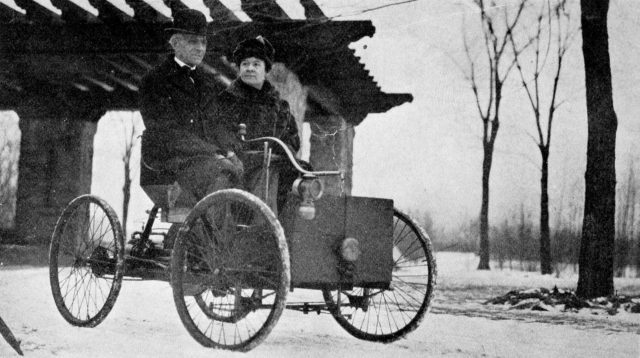
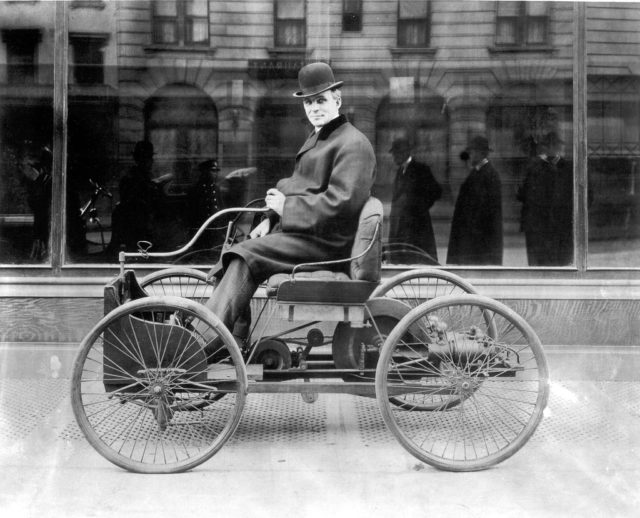
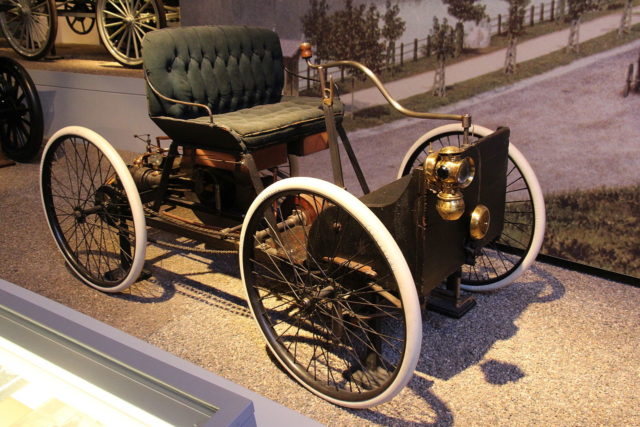
The two cylinder engine could produce 4 horsepower. The Quadricycle was driven by a chain. The transmission had only two gears (first for 10 mph (16 km/h), 2nd for 20 mph (32 km/h)), but Ford could not shift into second gear due to lack of torque and did not have a reverse gear. The tiller-steered machine had wire wheels and a 3 US gal (11 L) fuel tank under the seat.Ford test drove it on June 4, 1896, after various test drives, achieving a top speed of 20 mph (32 km/h).Ford would later go on to found the Ford Motor Company and become one of the world’s richest men
